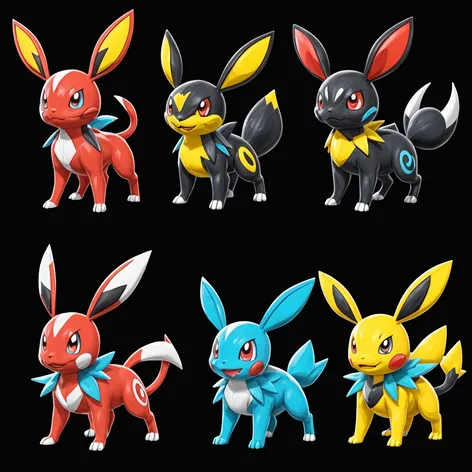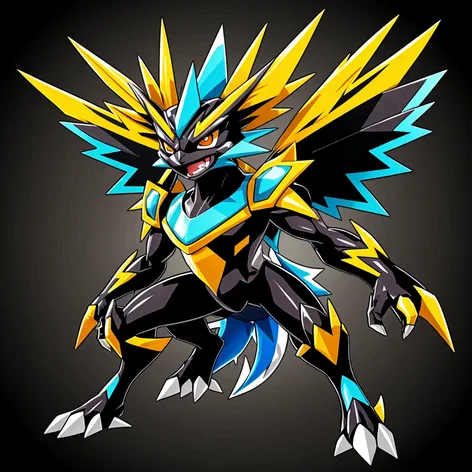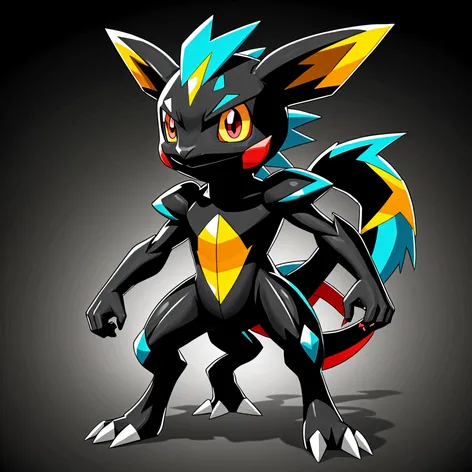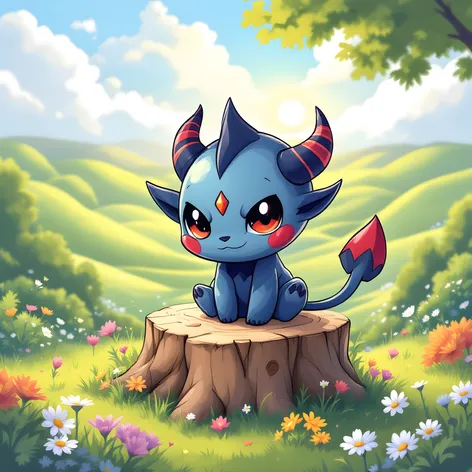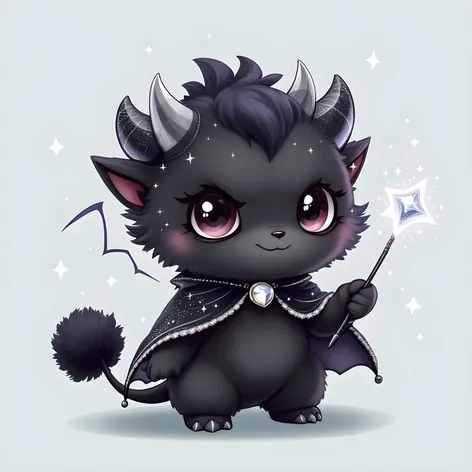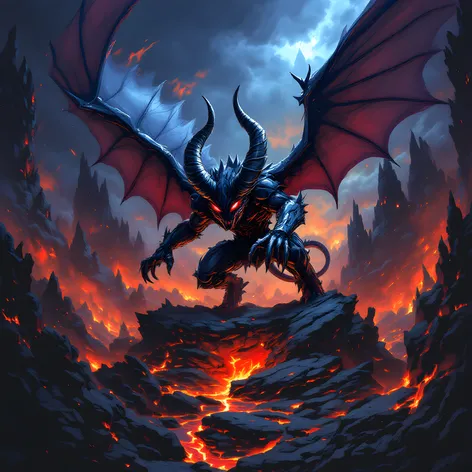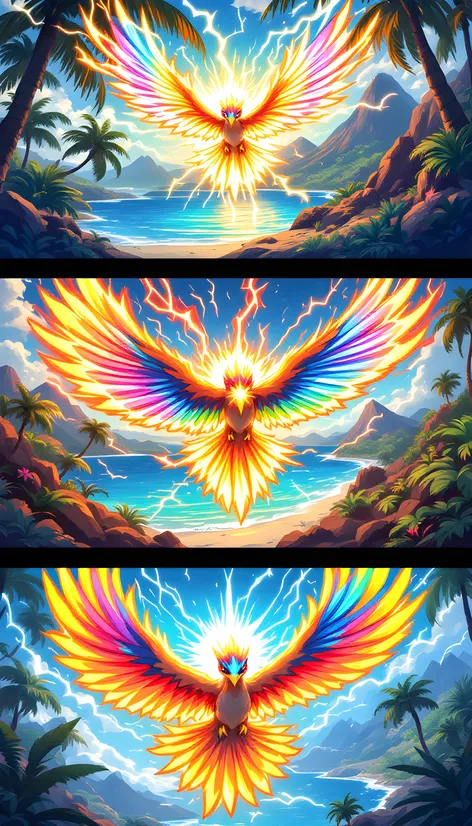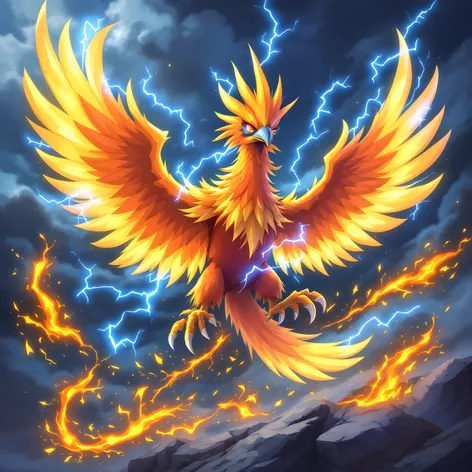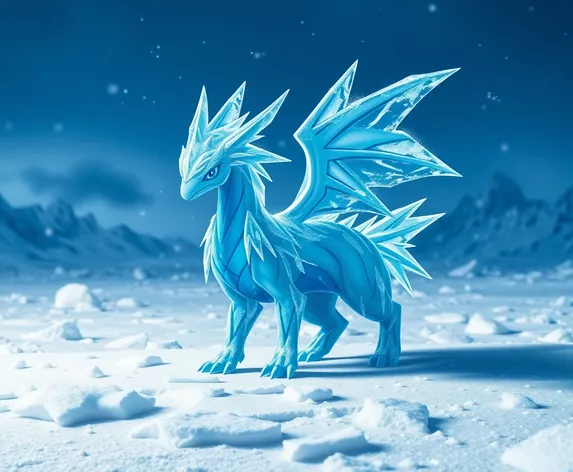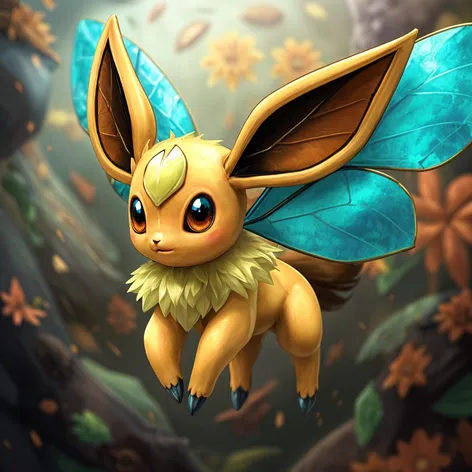generate pokemon type dark
Resize and add details
Convert to video
Outpaint the rest of the image
Additional Info
Steps30
SamplerK_EULER
CFG Scale7
Seed332776047
More Ai art like generate pokemon type dark
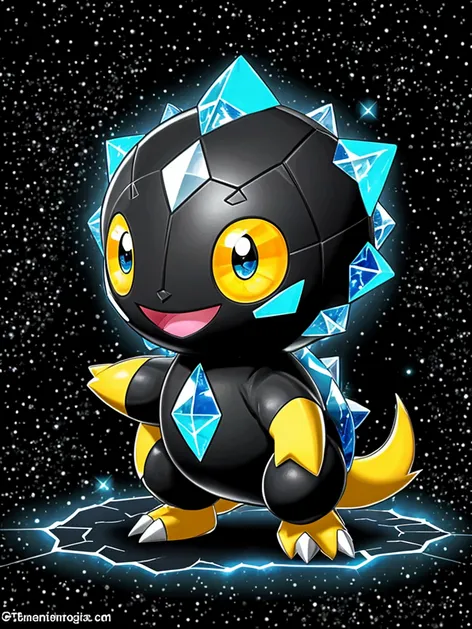
Pokemon. Type: Cosmic/Rock Appearance: Starlite is a small, gem-like Pokémon with a rocky exterior that sparkles with embedded crystals. It has a glowing core visible through cracks in its rocky shell, and its eyes are bright and star-like. Its body is a mix of dark stone and shimmering minerals, giving it an ethereal look.
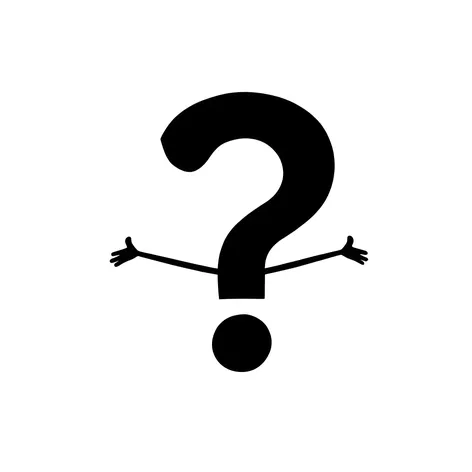
Generate an image of a stick figure with his arms wide out in a questioning type of stance

Generate me a picture of a room with bed for BDSM (with frame above, the frame has to be four prism wood poles going from each corner of bed up and they’re connected on top with a prism pools made into square) in cool brown wood, dark brown cabinet for things, on the cabinet there should be candles in shapes of human torso in nude colours. Walls should be painted in colour with hex code #88a78e. There should be white renaissance edges around the ceiling. From the ceiling there should be plants in plant hangers out of rope. There should a leather settle in tobacco colour. On the walls there should be a frame with a rope made into a heart and a picture with woman body siluette. The room should have big French window that leads to balcony.

Generate me a picture of a room with bed for BDSM (with frame above) in cool brown wood, dark brown cabinet for things, on the cabinet there should be candles in shapes of human torso in nude colours. Walls should be painted in colour with hex code #88a78e. There should be white renaissance edges around the ceiling. From the ceiling there should be plants in plant hangers out of rope. There should a leather settle in tobacco colour. On the walls there should be a frame with a rope made into a heart and a picture with woman body siluette. The room should have big French window that leads to balcony.
